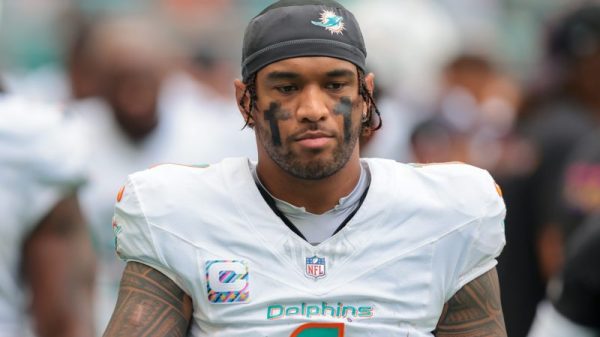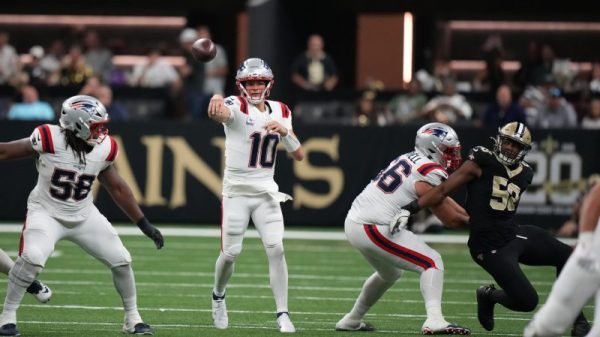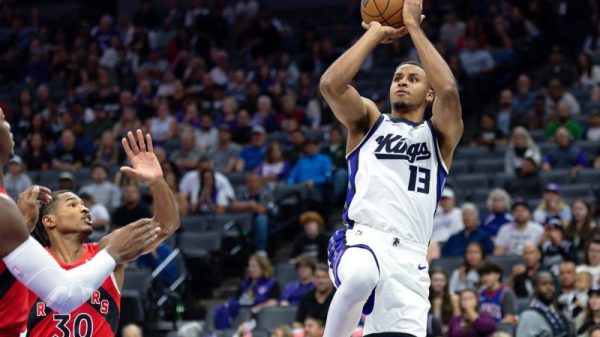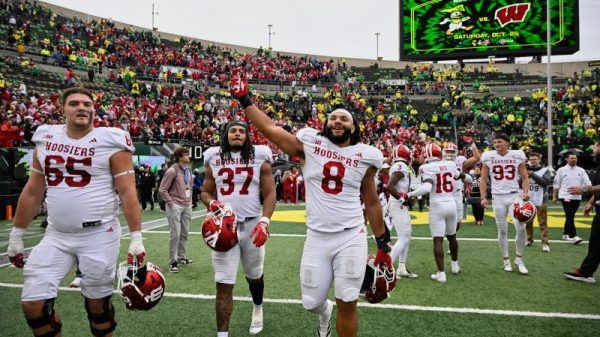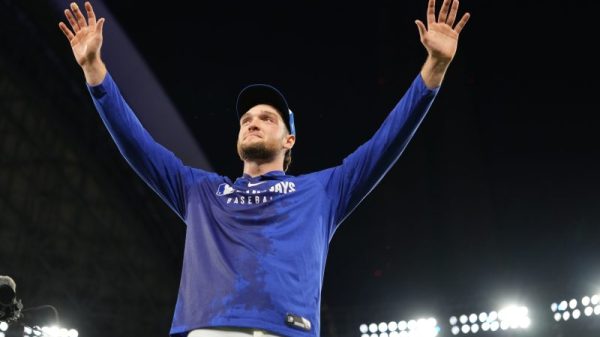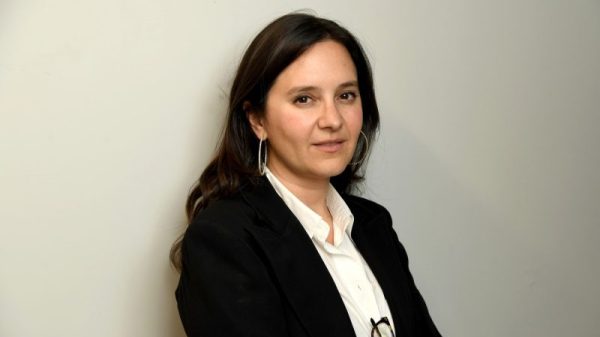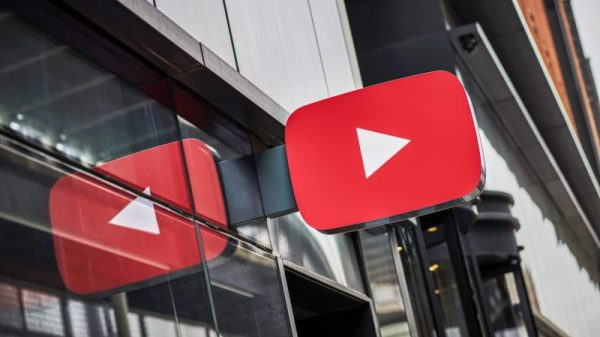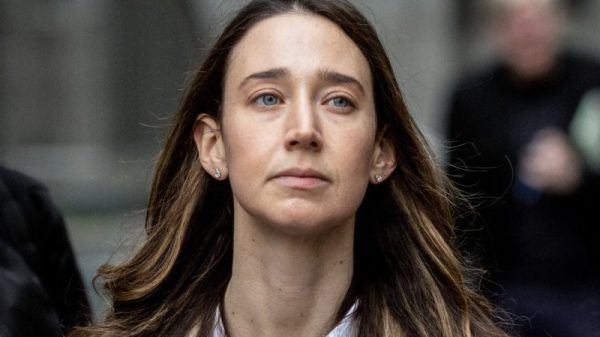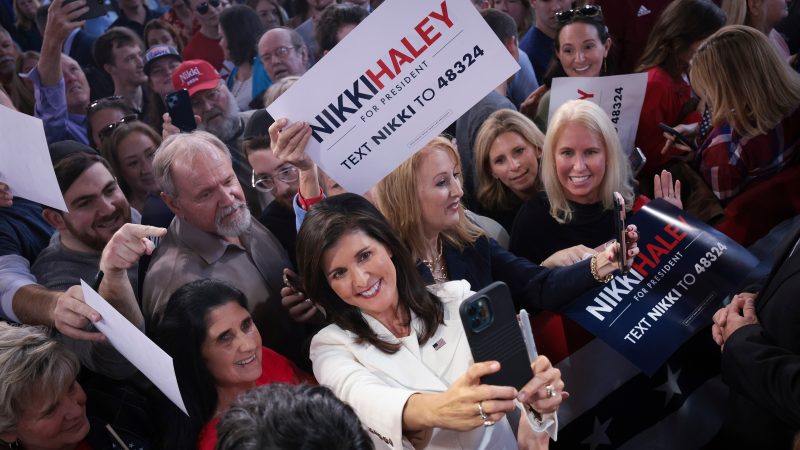So what do you think of Asa Hutchinson’s presidential campaign so far?
Oh, you hadn’t heard he was running? Yeah, he sort of dropped it into the Sunday political talk shows a couple of weeks ago. That you were not watching is not really a surprise.
Oh, sorry: You don’t know who Asa Hutchinson even is? Fair enough. He was the governor of Arkansas and later a regular critic of Donald Trump, neither of which is a position that necessarily translates into capturing public attention.
Hutchinson’s presidential announcement didn’t, either. In the week after he announced, he was mentioned on CNN, MSNBC and Fox News about 140 times, or about one-sixth as often as those three channels mentioned Trump on Wednesday alone.
Of the four better-known candidates to have announced Republican bids this year — “better-known” being so hopelessly subjective that I’m not even going to bother defending it — only Trump himself has seen a lot of sustained post-announcement attention.
And that’s really only because he had a lot of attention before his announcement, too.
I pulled data on television mentions and Google searches for Trump, Hutchinson, former South Carolina governor Nikki Haley and entrepreneur-slash-culture-warrior Vivek Ramaswamy. Haley, as the first major non-Trump Republican candidate to announce, got a nice bump in attention. But in the weeks that followed, it mostly evaporated.
Ramaswamy and Hutchinson got what we in the business call “blips.”
Interesting in the Trump data: He was mentioned a lot more on CNN and MSNBC than on Fox News, largely because those former channels spent more time with critical coverage than did Fox.
If we compare the amount of attention each candidate got at three points — in the week before, first week after and the third week after announcing — we can see the modest effects at play. (Note that “search rank” is an index from Google ranging from zero to 100 in the indicated period, so “100” is the peak search attention for the candidate alone. If search is higher in the third week than the week prior, though, it indicates an increase in search interest over time.)
Hutchinson’s candidacy is too new for an evaluation of the third week, but you can see that both Ramaswamy and Haley saw increases in their mentions on the all-important Fox News. Both also saw modest increases in Google searches. Trump saw drops in each, but that’s like complaining that Taylor Swift saw a decrease in record sales even though the Cleveland Pop Polka had seen a slight rise.
It’s interesting to introduce a different metric for comparison: How did the official candidates compare to the leading noncandidate, Florida Gov. Ron DeSantis?
In the time frame around his announcement, Trump consistently got both more Fox News mentions and Google search interest than did DeSantis. Ramaswamy and Hutchinson consistently trailed DeSantis by a wide margin. (The lower in that gray zone, the more DeSantis was outpacing them.)
Haley is interesting: In the first week after her announcement, she was mentioned on Fox more and searched more than DeSantis was. Since then, though, she has trailed him consistently. He’s expected to announce a bid, but, technically, she’s trailing a guy who isn’t running.
This week, FiveThirtyEight released its first polling average of the 2024 Republican nominating contest. (It was accompanied by an article pointing out that, no, it’s not totally useless to consider polling this far from the first primary.) At the beginning of March, within the three-week window after Haley announced her bid, she was averaging 7 percent in the polls. Now she’s at 4 percent, with Trump nearing 50 percent.
It’s another hint that these announcements haven’t exactly been springboards to new attention. That’s reinforced by another little detail: Hutchinson, like Ramaswamy, isn’t even polling high enough to be listed on the average.






